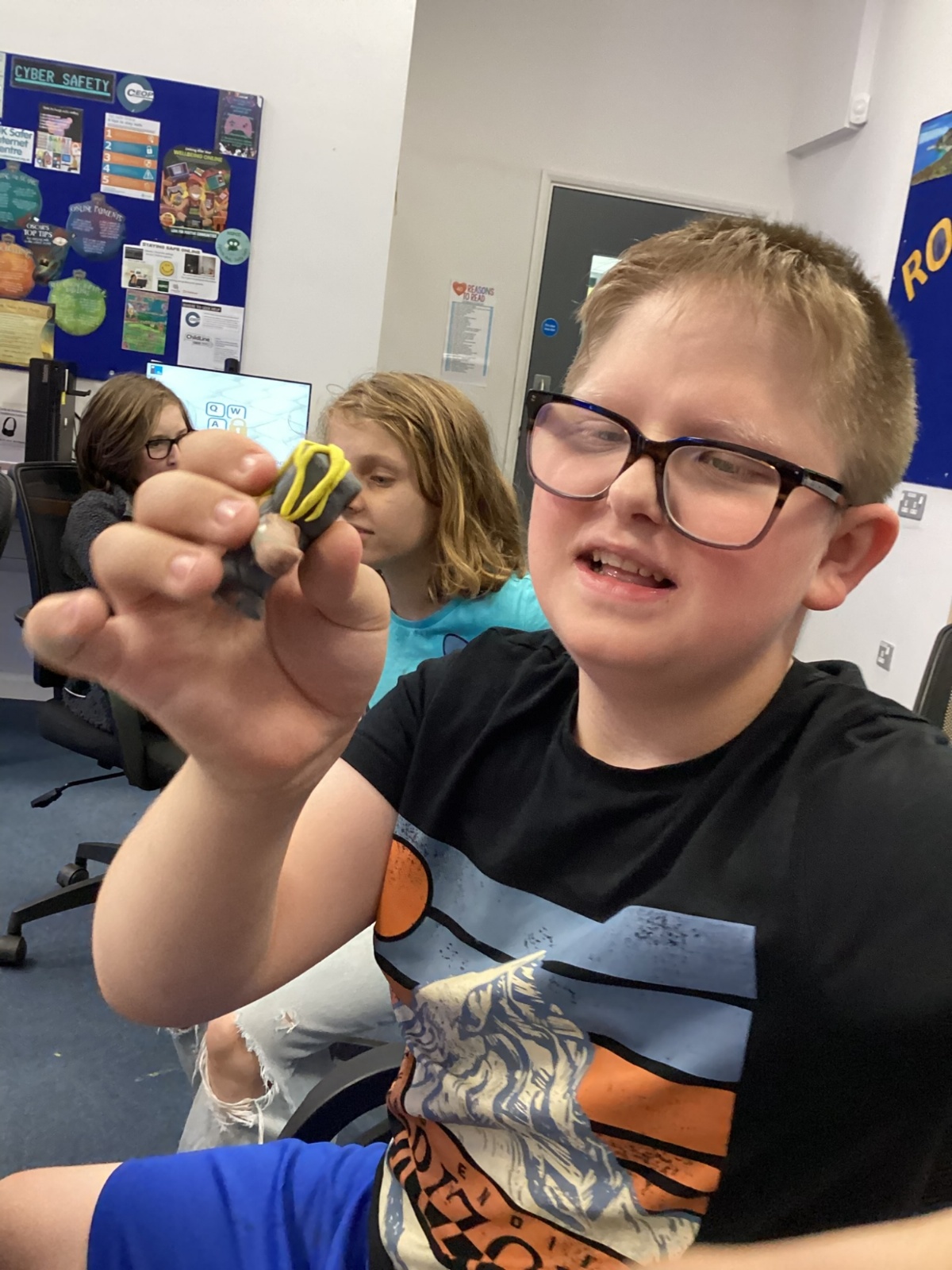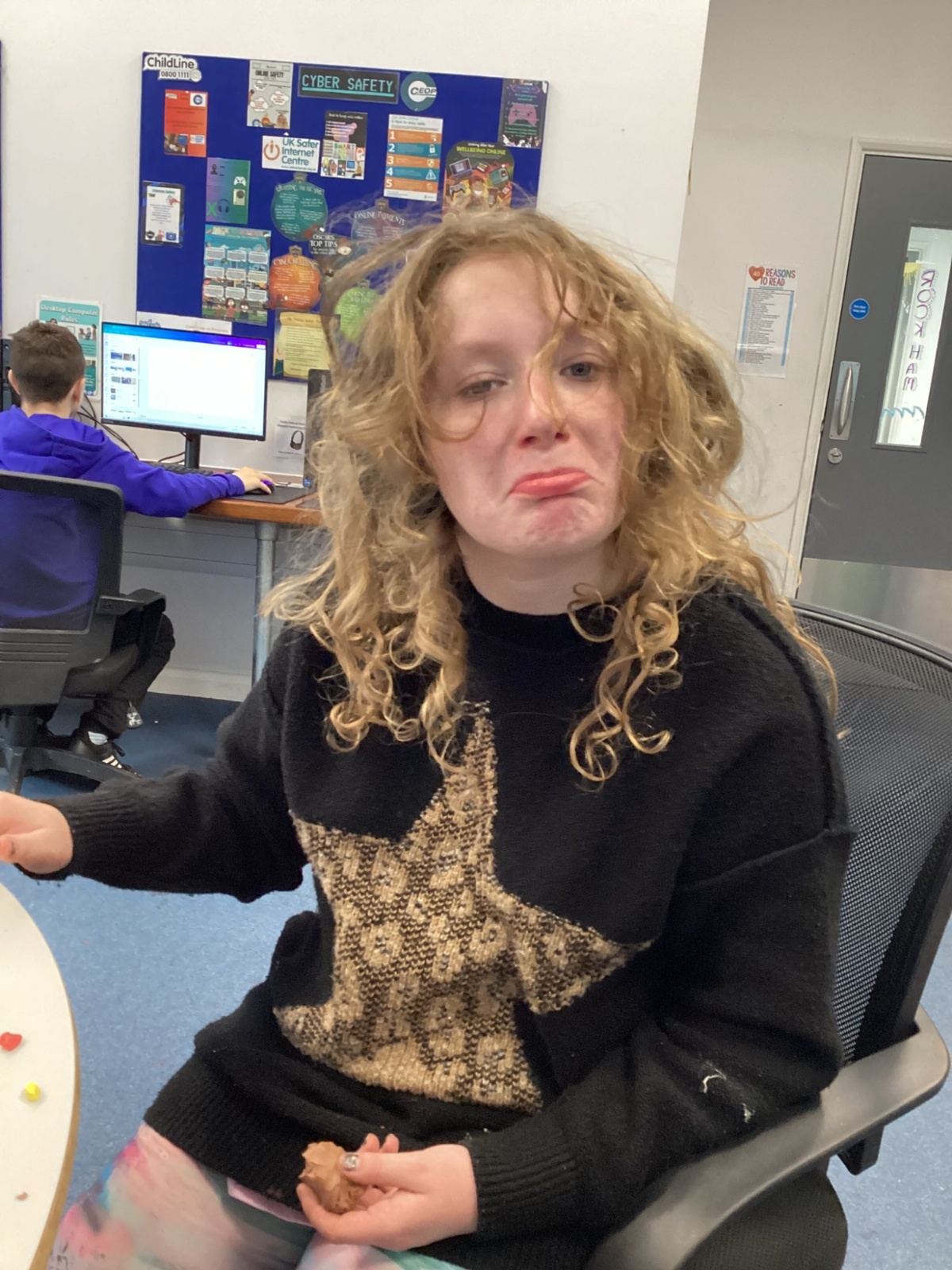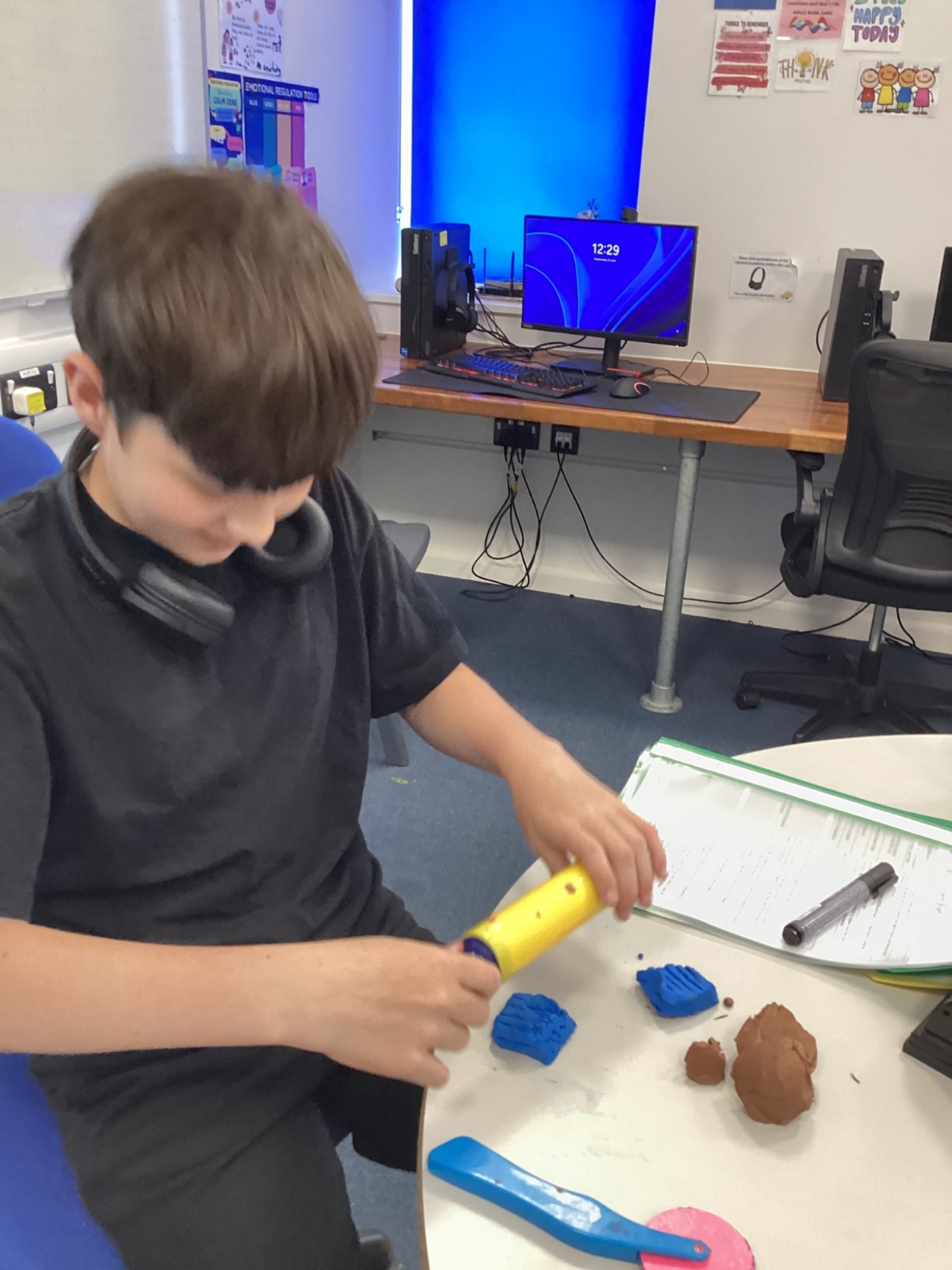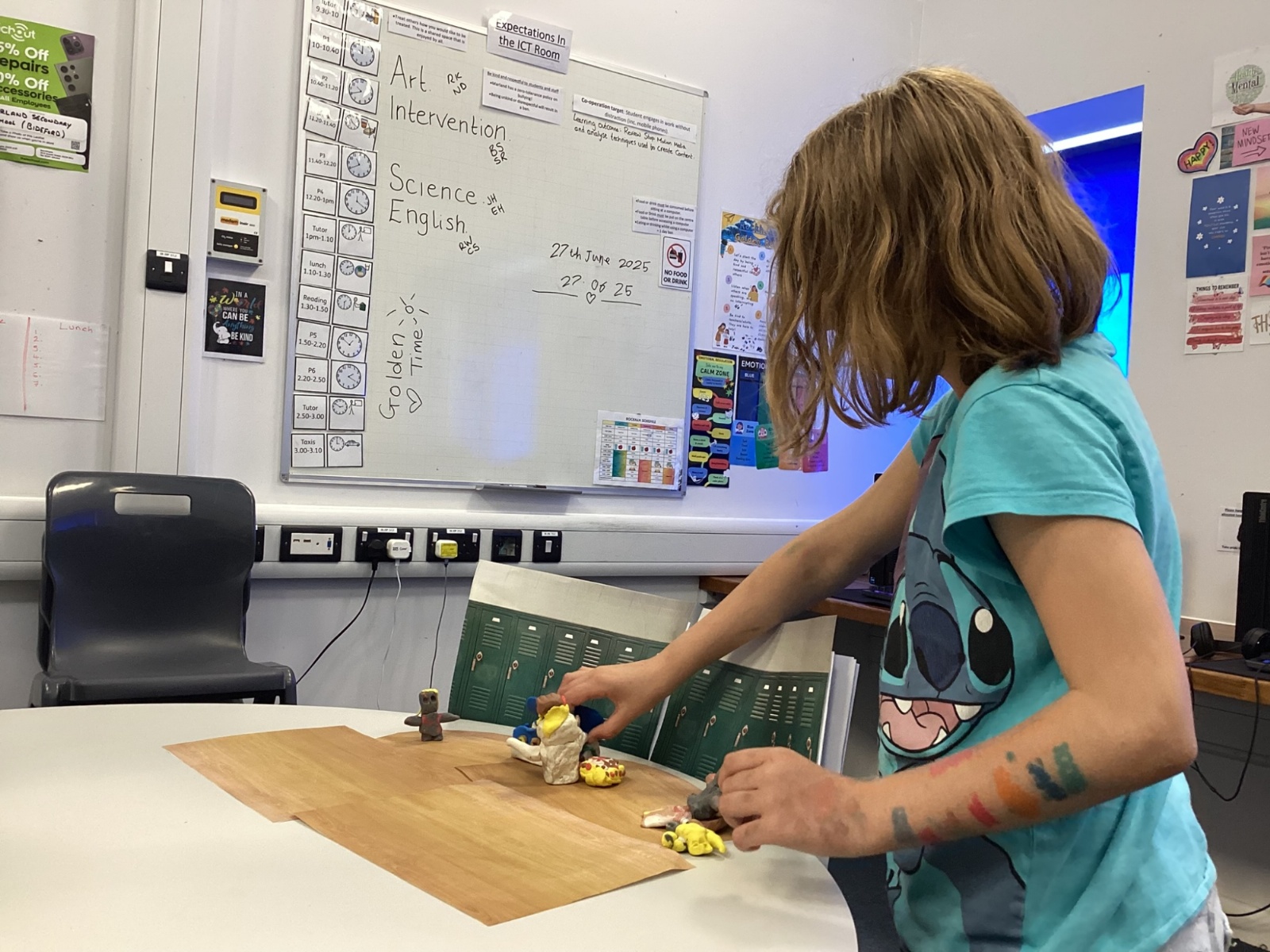IT/E-Safety
This term
KS3
KS3 Digital Media & Stop Motion Animation
This term, the focus has been on student creativity and media studies. Students explored a range of stop-motion animations and critically reviewed what they watched. They then moved on to creating their own short-stop-motion films. All KS3 students worked collaboratively in groups, developing imaginative stories and demonstrating strong teamwork to ensure high-quality filming and set design. I’m pleased to share that every group engaged enthusiastically with the module and embraced the opportunity to express their creativity. Well done to all the students who took part!
KS4
KS4 students continue to enhance their work skills through their BTEC certification, gaining valuable abilities that will support them in adulthood. They will explore various workplace-related themes and apply computing skills where appropriate. The units will be customised to meet students' needs while ensuring they remain engaging and relevant.
Well done to all students who have completed their examinations so far, and good luck to students taking them this term.
ICT at Marland Secondary Bideford
Intent
We intend Computing/ICT to be a strong pushing point for our students to develop positive academic success because the subject is used daily and plays a huge part in our students lives. We intend to inspire students to positively engage with the world of technology for three purposes. The first is to feel confident using technology in their day to day lives so they can approach the electronic world feeling reassured, and they are equipped with suitable skills to support them. Our second intention is to build strong functional abilities through the acquisition of knowledge that prepares them to approach technologies with ease. Finally, we intend is to promote creativity, encouraging students to use their technological experience to express themselves through creative work.
Implementation
Computing and ICT is incorporated into all subjects and appropriate sessions to support the broad and bespoke curriculum we offer. Each student will use the skills they have learnt in group, subject specific, lessons to develop, challenge and present the learning they receive across the curriculum to support cross-curricular opportunities. By using their Computing and ICT knowledge across subjects, students understand, explore and can implement this into other lessons. The lessons also provide a structured progression across the Computing and ICT curriculum; students are able to build on previous knowledge as well as establish long-term memory recall. These skills will be delivered to students so they can work towards the qualifications that prepare them for life beyond school, and help keep them safe in the digital world.
Impact
As students use their own devices to engage in the virtual world, they will display confidence to make appropriate judgements to keep themselves safe online. Students will demonstrate a confident ability to use technology to manage their lives, and can discuss how they’ve used technology to complete independent tasks. The Computing and ICT curriculum directly leads to a range of qualifications as outlined and set out in the milestones the students follow, which will support them during their adult life. By starting with AQA unit awards students will be driven and inspired to reach for accredited qualifications. This curriculum will also support students to look at ways they can inspire change in the world through technology, as well as independently interacting with the digital world in a safe manner. Students will have produced a variety of work such as; documents, presentations, pieces of digital art (including photography) as well as lines of code to express themselves, solve problems and present high quality learning. Students will incorporate their own interests such as hobbies and activities into the work they produce, to support the bespoke timetable.
Opportunities for Reading
Students will read in most lessons using the web to find specific information. These pieces of text can support learners with research, as well as learning about historical figures who have played a key part in the digital world. Students will learn to create a range of documents that follow on from reading that they have done in prior lessons and subjects. Key strategies related to supporting SEMH development will be used throughout Thrive sessions and structured timetables.
E-Safety
E-Safety is at the forefront of all ICT lessons, and understanding our student’s needs requires that we are vigilant to the content and exposure that can have a negative impact on our young people, and their view of the digital world. Our E-Safety/CEOP Education Ambassador promotes a deep understanding of the ways we can keep students safe which include filtering, student settings, informative posters, responding to safeguarding concerns, checking health and safety in a physical aspect, as well as teaching students to recognise when they are feeling uncomfortable and signposting them to relevant support.

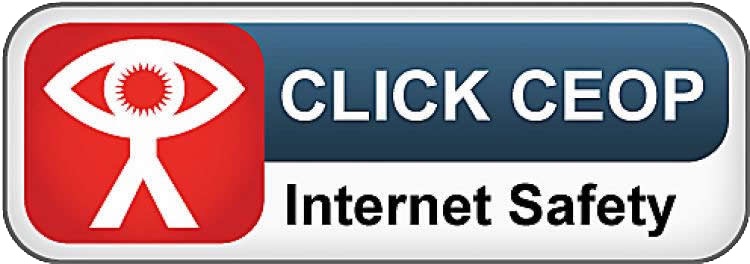

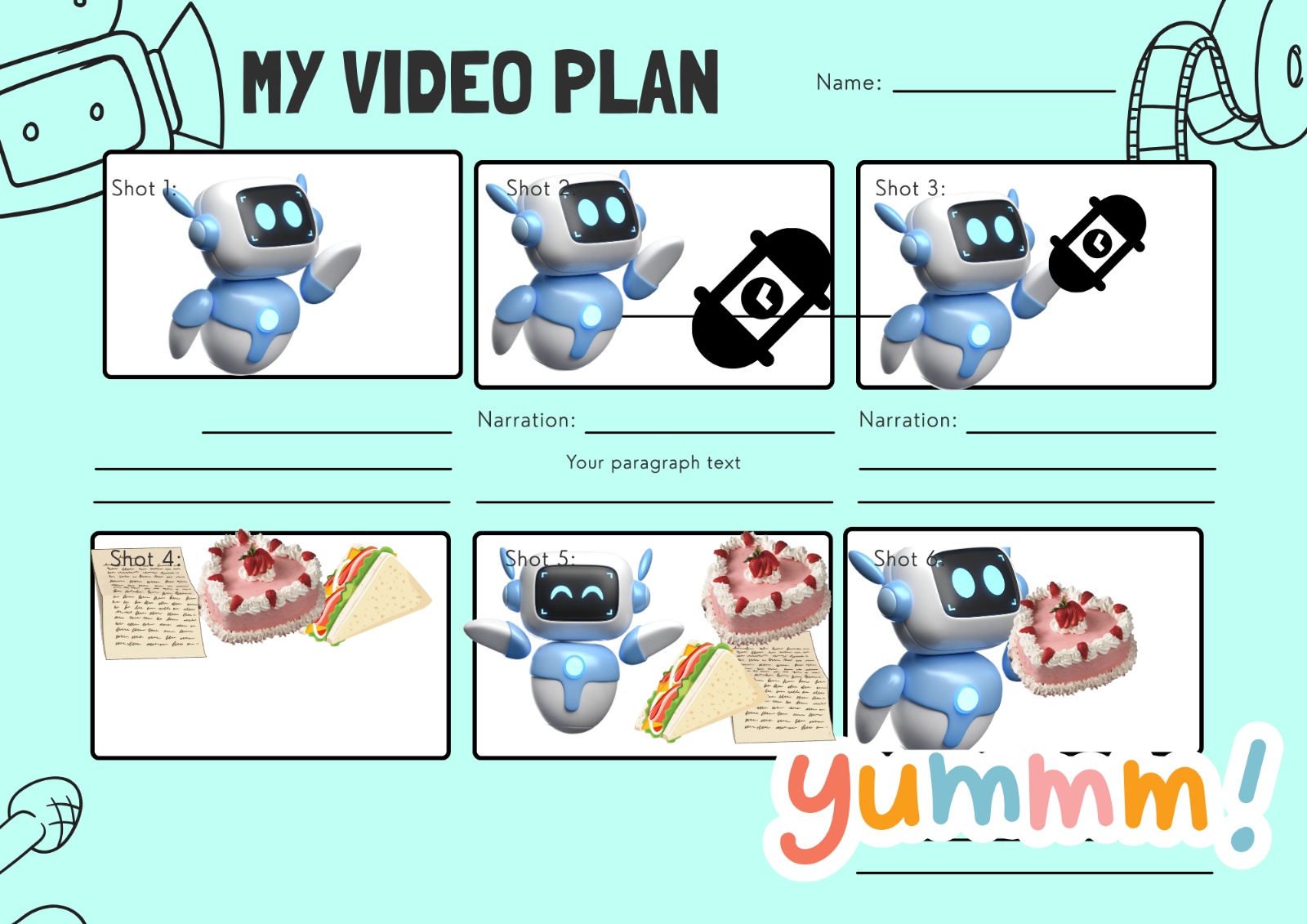
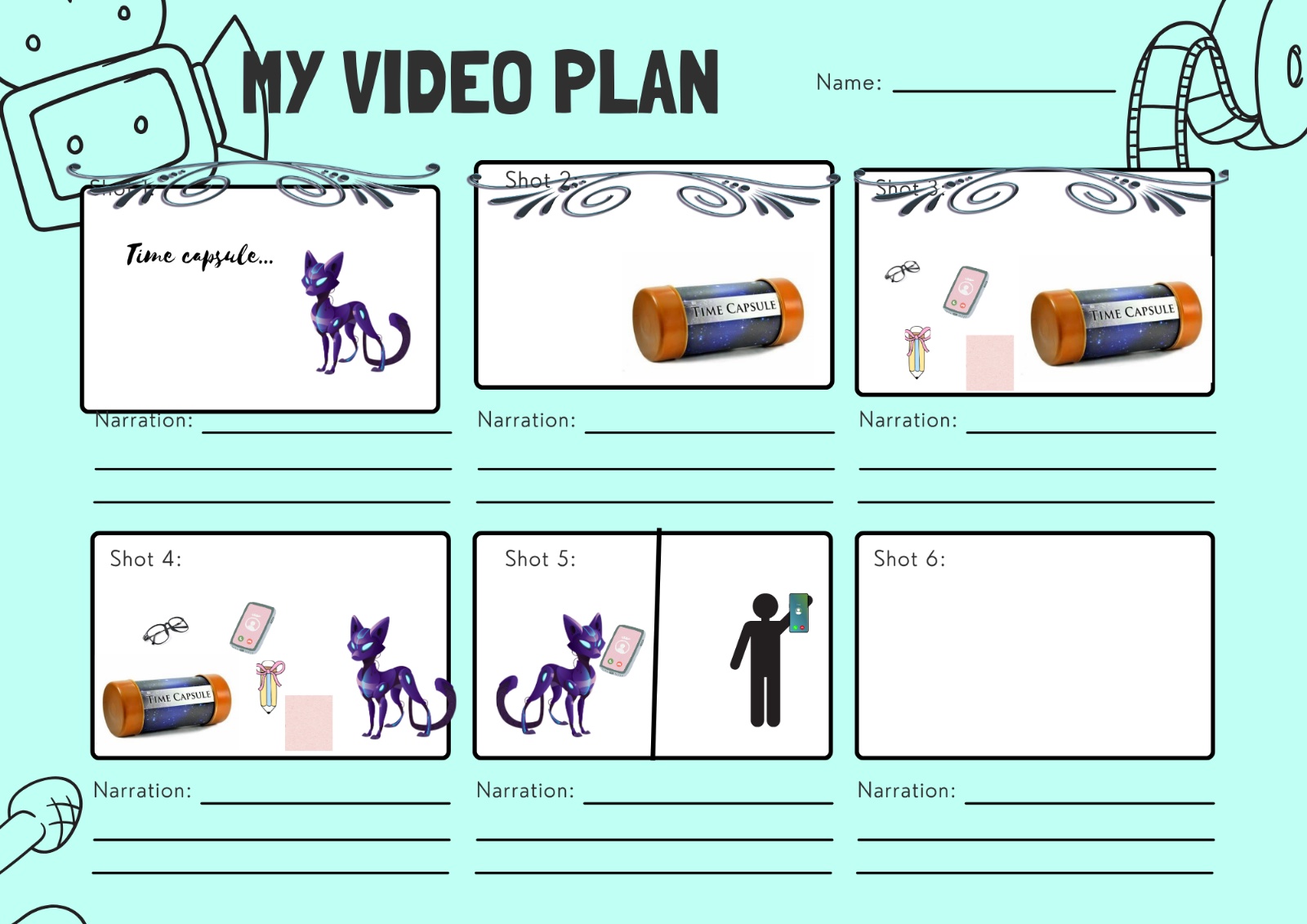
.JPEG)
